Implementing Virtual Design and Construction (VDC) in Small and Medium-Sized Construction Firms
VDC allows project members to work in a common language, where all necessary information is transparent and instantly available
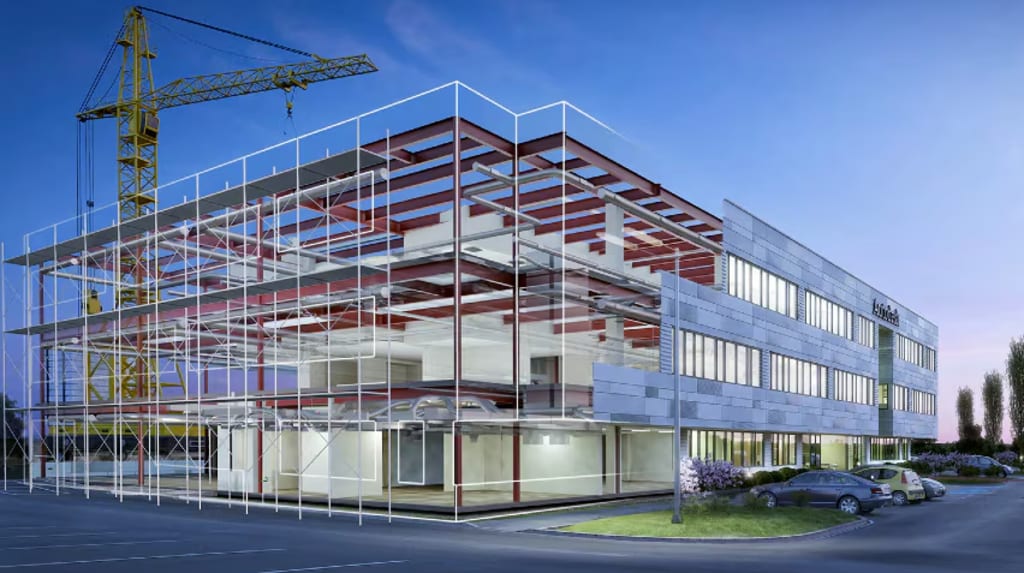
In recent years, the construction industry has undergone a significant transformation with the advent of digital technologies. One such technology that has revolutionized the way projects are planned, executed, and managed is Virtual Design and Construction (VDC).
Originally developed to enhance collaboration and efficiency in large-scale construction projects, VDC is increasingly becoming accessible and beneficial for small and medium-sized construction firms as well.
Understanding Virtual Design and Construction (VDC)
Virtual Design and Construction refers to the use of digital tools and methodologies to create virtual representations of the construction project, simulate its construction processes, and optimize its performance throughout its lifecycle.
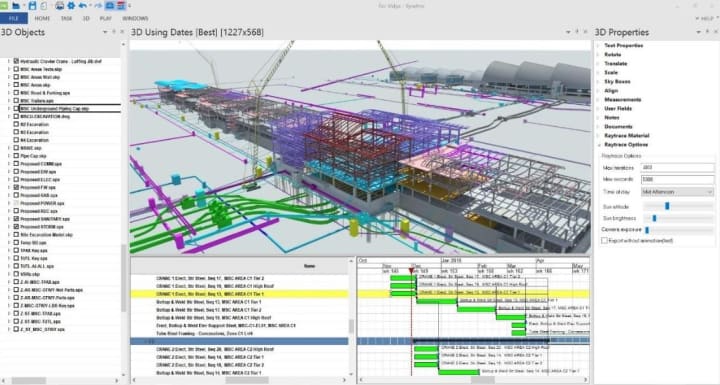
It integrates Building Information Modeling (BIM), advanced visualization techniques, and project management software to facilitate a more collaborative and coordinated approach among all stakeholders involved in the project.
What’s the Difference Between VDC and BIM?
While VDC and Building Information Modeling (BIM) are often used interchangeably, there are critical differences between the two. VDC is a comprehensive digital approach to construction, whereas BIM is a single component of VDC. In addition to BIM, VDC also includes Integrated Concurrent Engineering (ICE) and Product Production Management (PPM).
Building Information Modeling (BIM) is a digital representation of the physical and functional characteristics of a building or infrastructure project. BIM focuses primarily on creating a detailed, data-rich 3D model encompassing a project's design, construction, and operational phases, enabling architects, contractors, and trades to collaborate and manage information throughout the project lifecycle. BIM emphasizes creating and exchanging information, fostering better communication and decision-making in construction.
In contrast, VDC is a broader and more encompassing approach that often includes BIM as a component. VDC extends beyond the 3D modeling aspect of BIM and encompasses a holistic strategy for optimizing the entire construction process.
Components of Virtual Design and Construction (VDC)
There are three main components of VDC: Integrated Concurrent Engineering (ICE), Building Information Modeling (BIM), and Product Production Management (PPM).
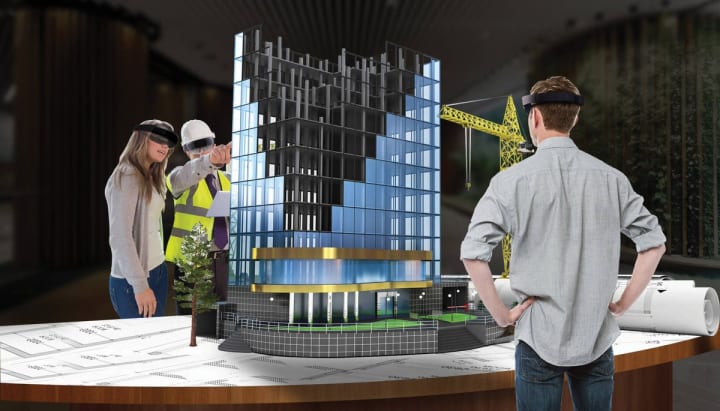
- Integrated Concurrent Engineering (ICE) emphasizes real-time collaboration among all project stakeholders, from architects and engineers to contractors and suppliers. It promotes open communication and simultaneous input from various disciplines to streamline decision-making and problem-solving throughout construction. ICE ensures that everyone involved in the project works together cohesively, reducing delays and errors while optimizing project outcomes.
- Building Information Modeling (BIM) is the digital backbone of VDC. BIM involves creating a detailed 3D model of the project that contains visual representations and data-rich information about every element within the construction process. This model allows teams to visualize, analyze, and simulate various aspects of the project, including design, construction sequencing, cost estimation, and facility management.
- Product Production Management (PPM) optimizes construction production and assembly processes. PPM integrates lean construction principles and advanced manufacturing techniques to enhance productivity, reduce waste, and improve the quality of construction projects. It involves efficient planning and coordinating resources, materials, and labor to ensure that construction processes are carried out efficiently and effectively. PPM ultimately aims to streamline production processes to meet project timelines and budget constraints while maintaining high-quality standards.
Benefits of Implementing VDC
For small and medium-sized construction firms, adopting VDC can offer several compelling advantages:
- Improved Collaboration: VDC promotes better collaboration among architects, engineers, contractors, and clients by providing a centralized platform for sharing information and resolving conflicts before they arise on-site.
- Enhanced Design Accuracy: By creating detailed 3D models of the project, VDC helps identify design flaws and clashes early in the process, reducing costly errors during construction.
- Cost and Time Savings: Through accurate planning and visualization, VDC helps streamline construction processes, optimize resource utilization, and minimize rework, ultimately leading to reduced project costs and shorter delivery times.
- Better Project Management: VDC enables real-time monitoring of project progress, facilitates better decision-making, and improves overall project efficiency by integrating scheduling, cost estimation, and risk management into one platform.
- Increased Client Satisfaction: Clients benefit from VDC through clearer communication, realistic visualizations of the project, and the ability to make informed decisions based on accurate data, leading to higher satisfaction levels.
Challenges and Considerations
While the benefits of VDC are substantial, its implementation in small and medium-sized firms may face certain challenges:
- Initial Investment: Adopting VDC requires investment in software, training, and possibly new hardware, which can be a barrier for smaller firms with limited resources.
- Skill Development: Ensuring that employees are proficient in using VDC tools and methodologies may require time and effort in training and upskilling.
- Integration with Existing Workflows: Integrating VDC into existing project workflows and convincing stakeholders of its benefits may require careful planning and change management.
Steps to Successful Implementation
To successfully implement VDC in small and medium-sized construction firms, the following steps are recommended:
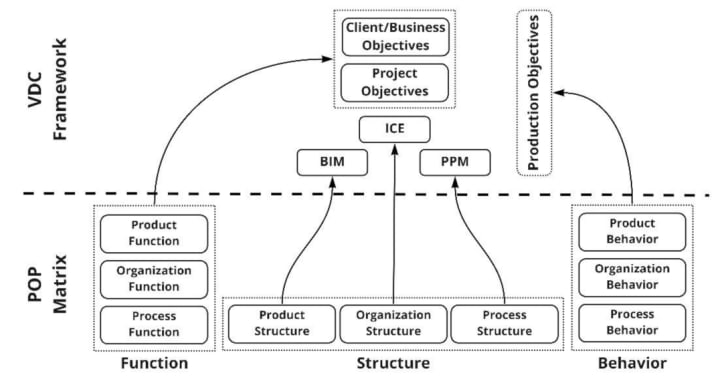
- Assess Current Processes: Evaluate existing workflows, identify pain points, and determine how VDC can address these challenges effectively.
- Invest in Technology and Training: Select appropriate VDC software that aligns with the firm's needs and budget. Provide comprehensive training to employees to ensure they can effectively utilize the new tools.
- Start Small, Scale Gradually: Begin with pilot projects to test the effectiveness of VDC in real-world scenarios. Use lessons learned to refine processes before scaling up.
- Promote Collaboration: Encourage collaboration and communication among project teams and stakeholders to maximize the benefits of VDC.
- Monitor and Adapt: Continuously monitor the use of VDC, gather feedback from teams, and be prepared to adapt processes to optimize performance and address emerging challenges.
Conclusion
In conclusion, while the adoption of Virtual Design and Construction may present initial challenges for small and medium-sized construction firms, the long-term benefits far outweigh the costs.
By leveraging VDC technologies, these firms can enhance project outcomes, improve client satisfaction, and gain a competitive edge in an increasingly digital construction landscape. Embracing VDC is not just about adopting new tools; it's about transforming how construction projects are planned, executed, and delivered in the 21st century.
About the Creator
Ryan Stein
I am a renowned author, speaker and educator on Building Information Modeling (BIM) technology in the Architecture, Engineering, and Construction (AEC) industry.
Enjoyed the story? Support the Creator.
Subscribe for free to receive all their stories in your feed. You could also pledge your support or give them a one-off tip, letting them know you appreciate their work.


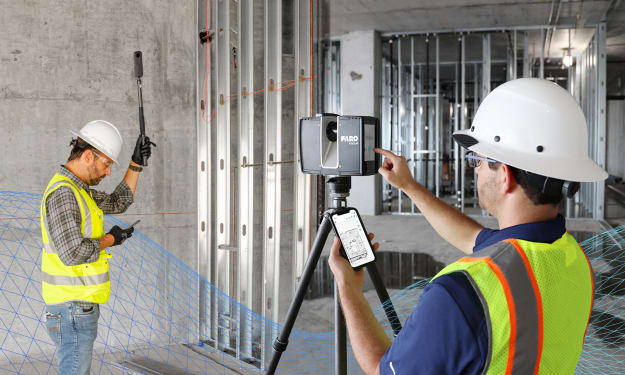



Comments
There are no comments for this story
Be the first to respond and start the conversation.